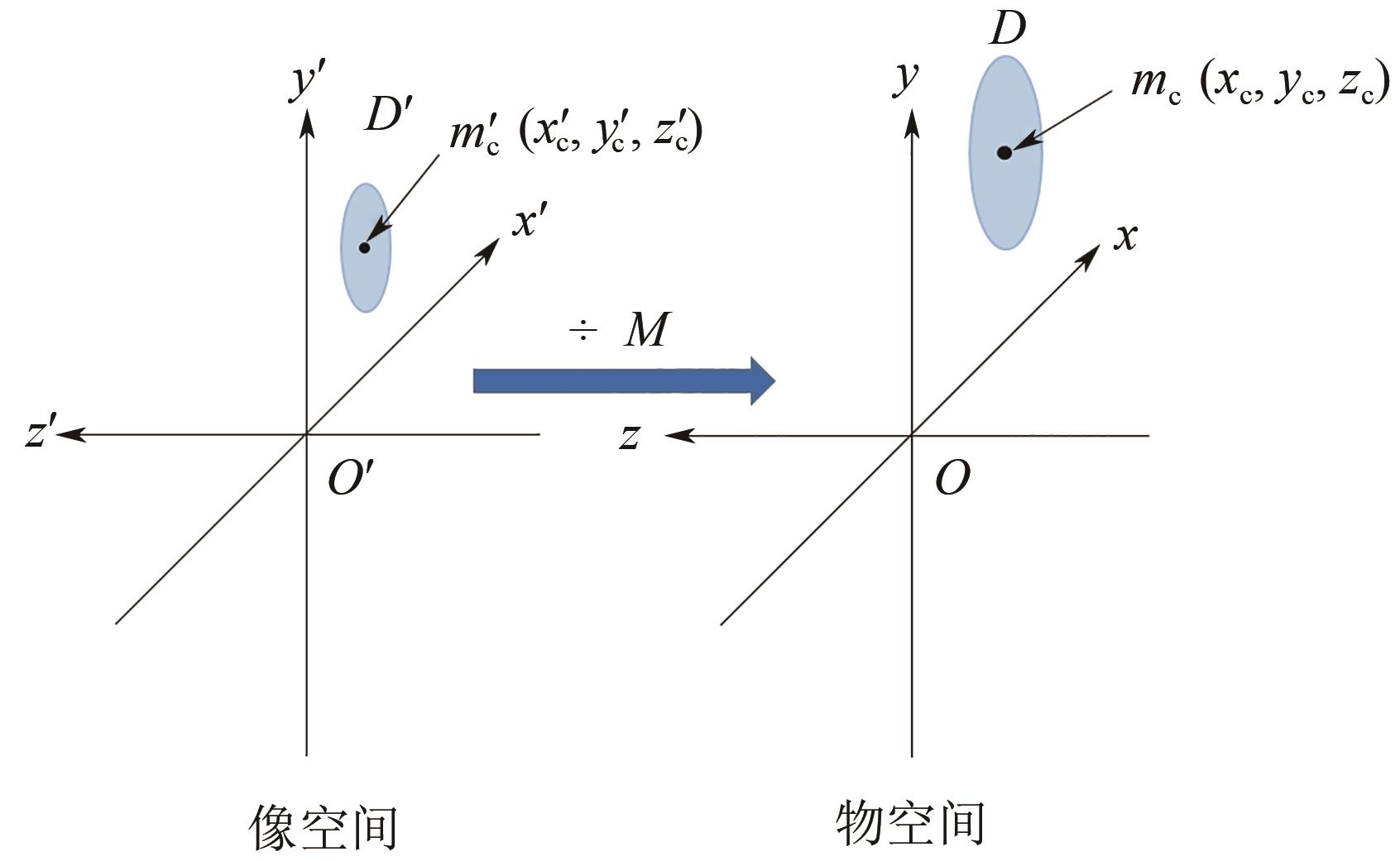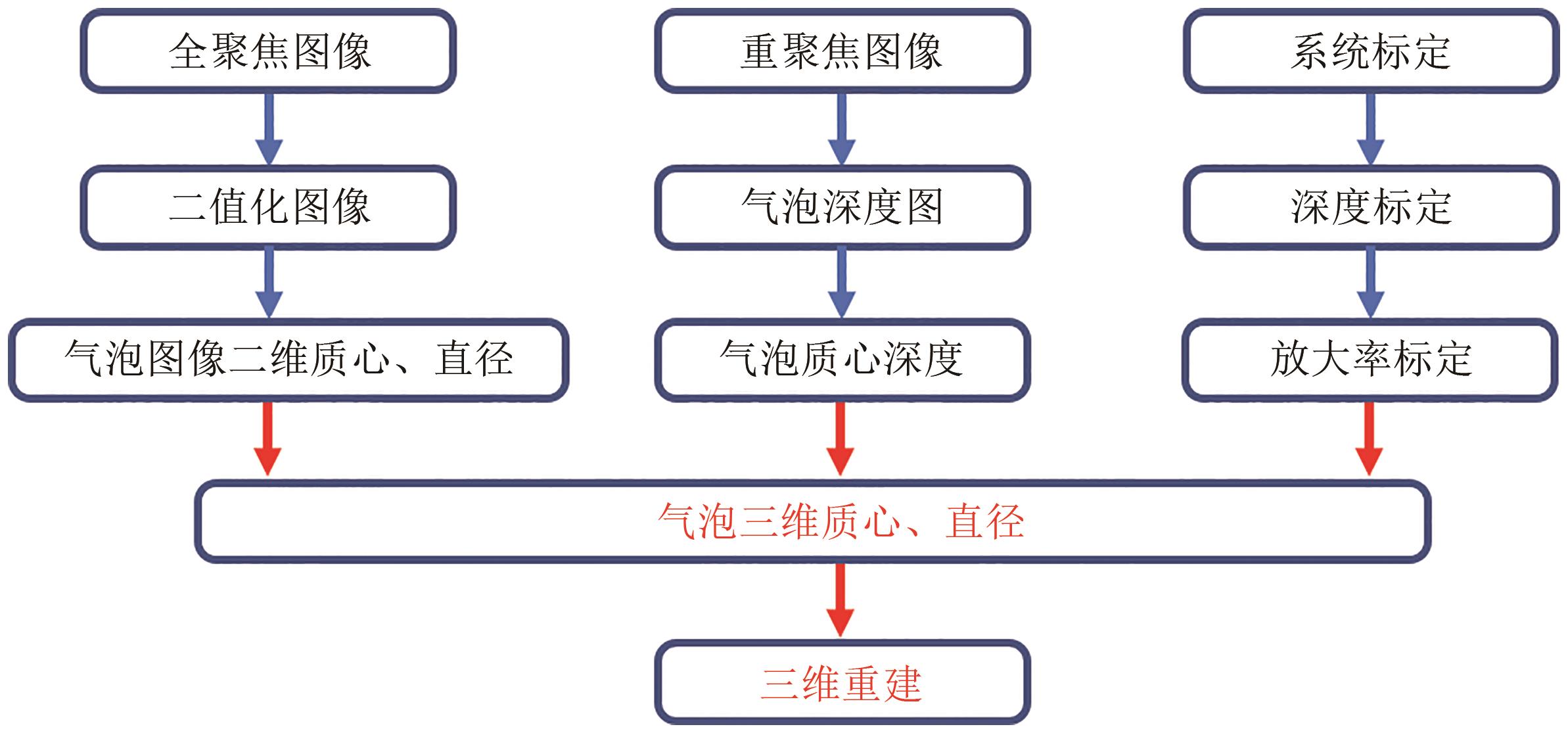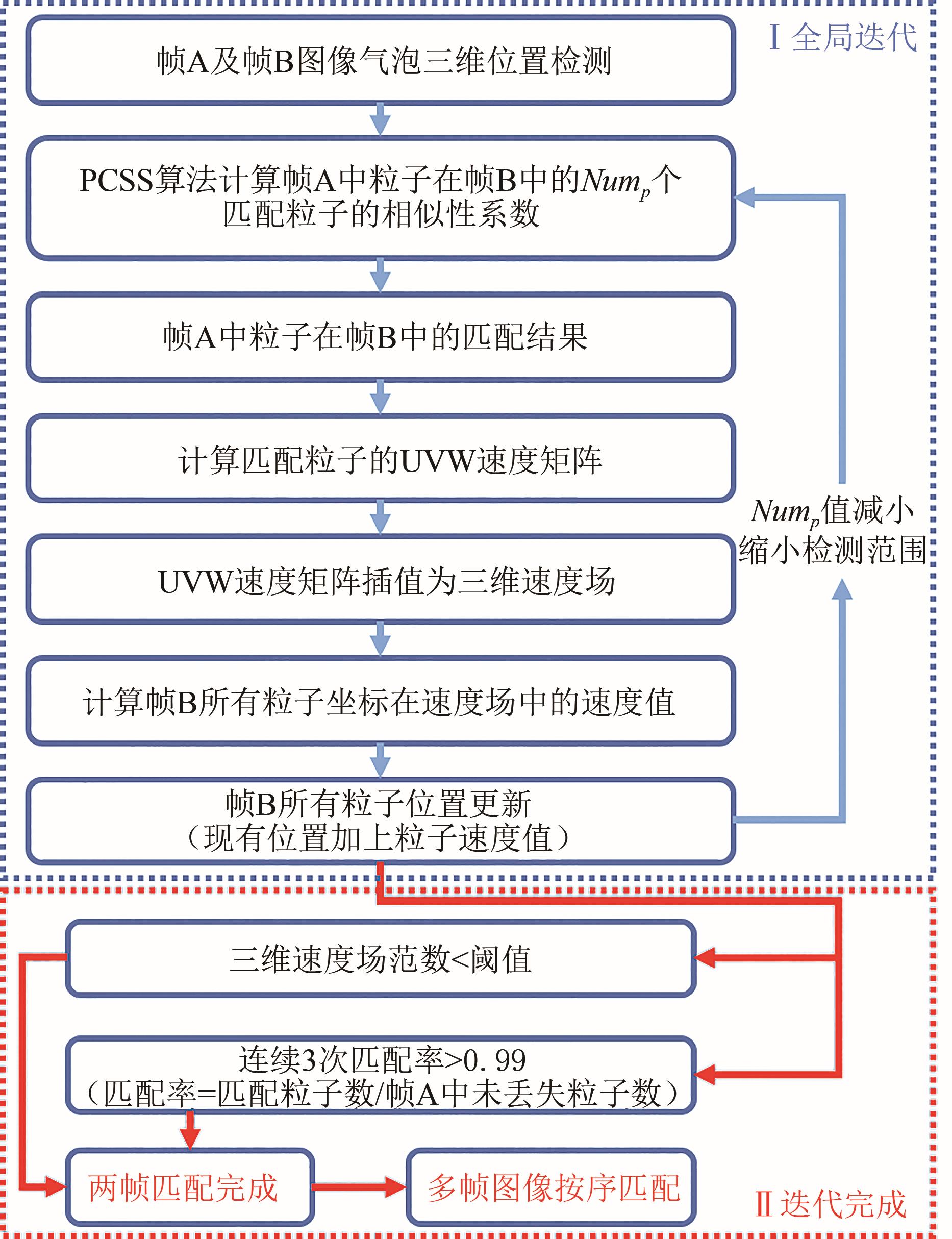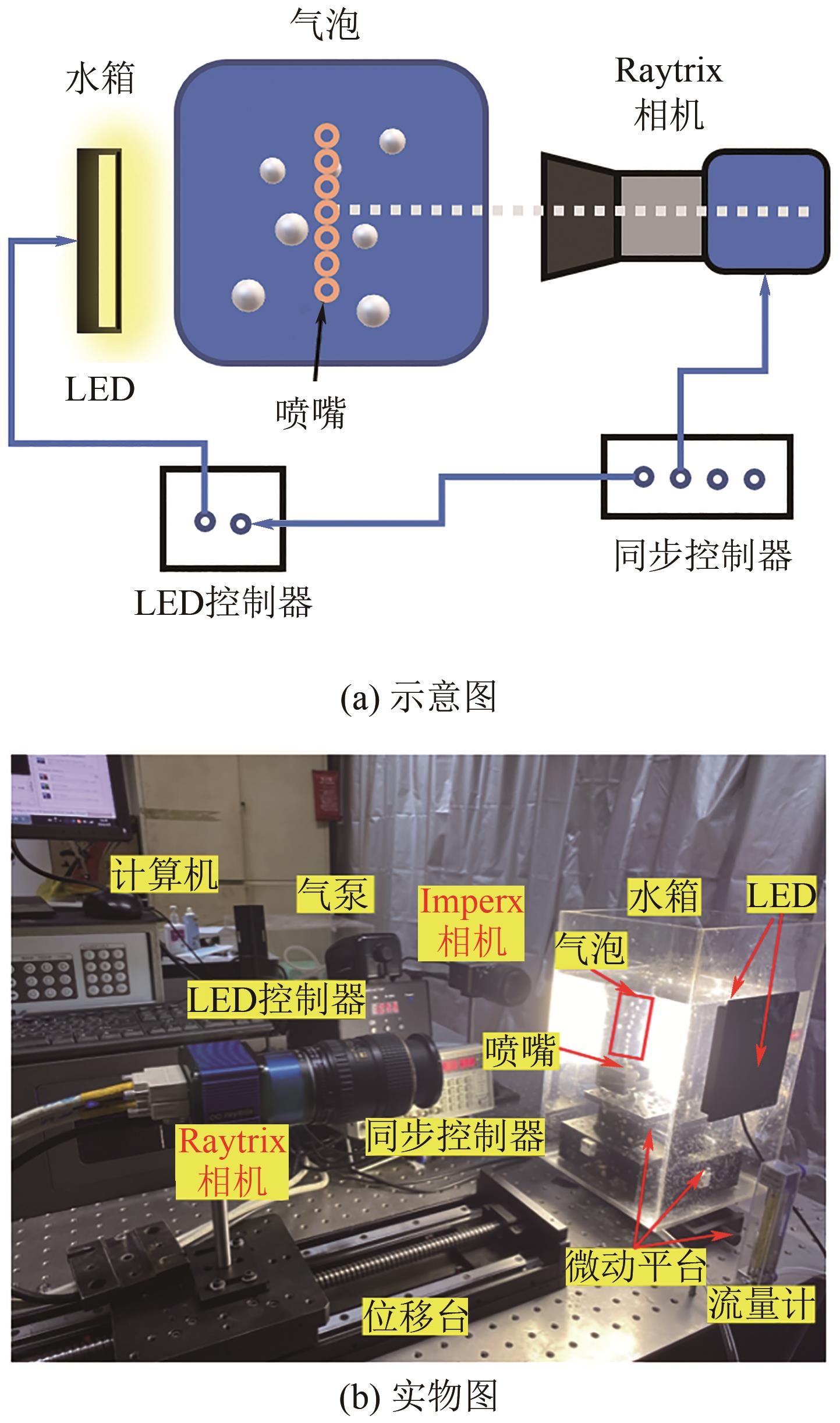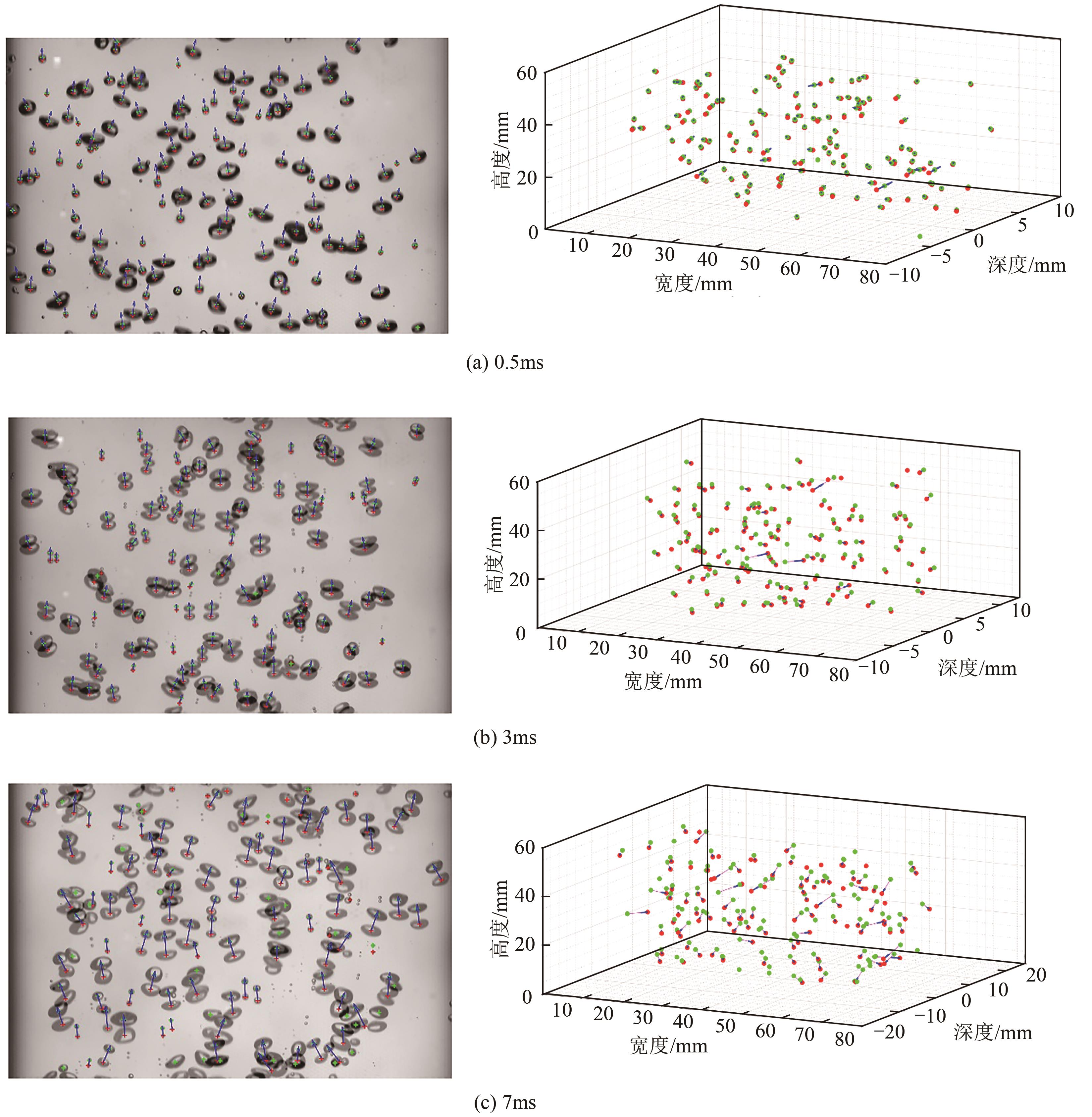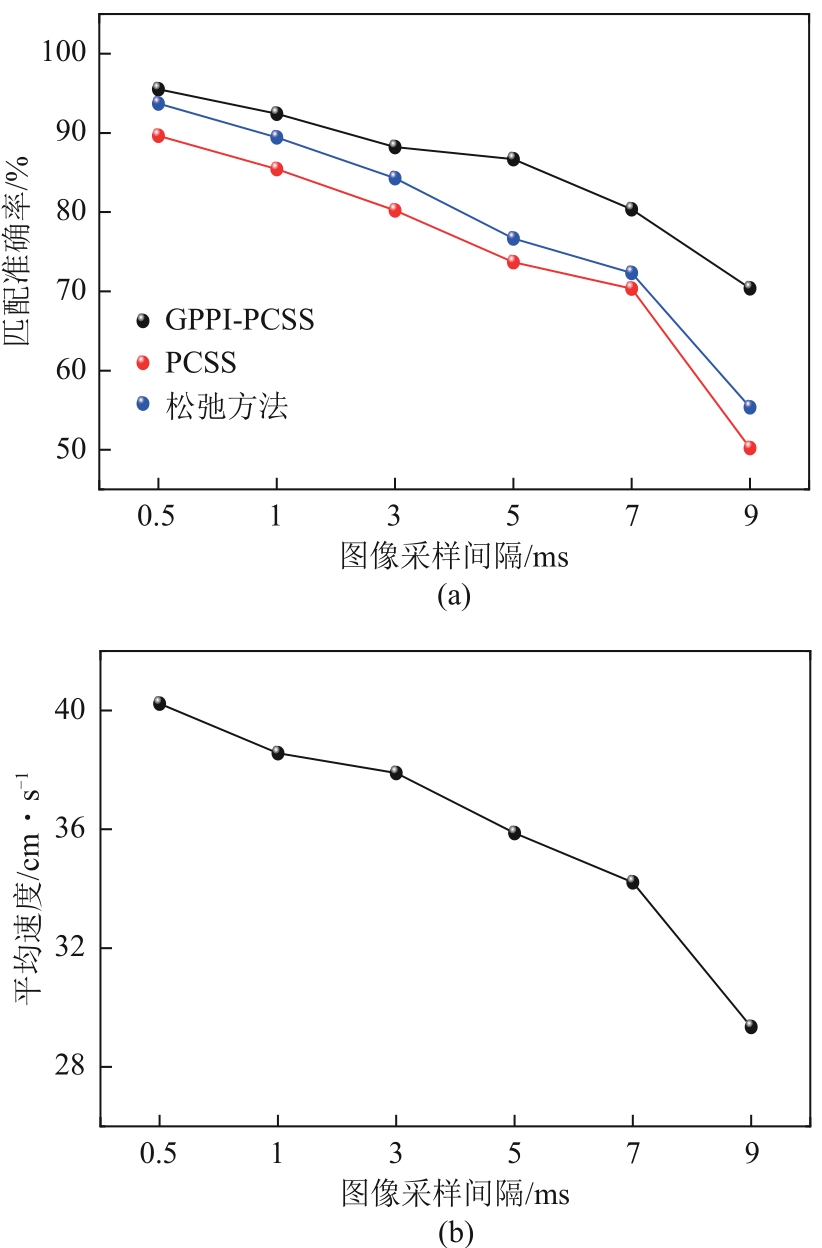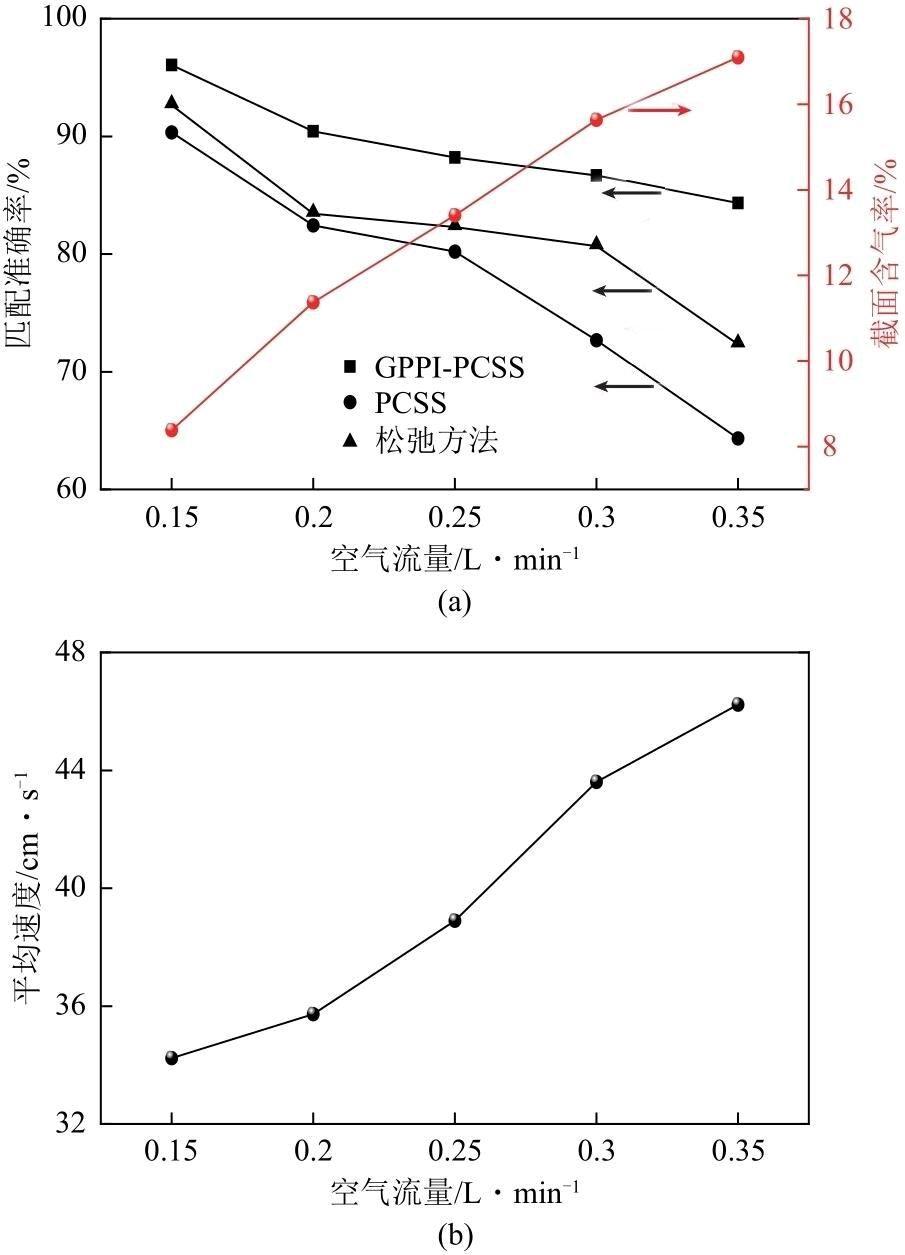| 1 |
ZHANG Jinjin, GAO Zhengming, CAI Yating, et al. Mass transfer in gas-liquid stirred reactor with various triple-impeller combinations[J]. Chinese Journal of Chemical Engineering, 2016, 24(6): 703-710.
|
| 2 |
ZHU Xiaoli, DONG Pengfei, ZHU Zhiping, et al. Effects of pressure on flow regimes transition velocities and bubble properties in a pilot-scale pressurised circulating fluidised bed[J]. Chemical Engineering Journal, 2021, 410: 128438.
|
| 3 |
BELOUSOV A P, Ya BELOUSOV P, BORYNYAK L A. Determination of the velocity and size of bubbles in two-phase flows by using a laser Doppler anemometer[J]. Optoelectronics, Instrumentation and Data Processing, 2015, 51(6): 573-576.
|
| 4 |
SPALART Philippe R, STRELETS Michael Kh. Mechanisms of transition and heat transfer in a separation bubble[J]. Journal of Fluid Mechanics, 2000, 403: 329-349.
|
| 5 |
MOHANTY Rajiva Lochan, Mihir Kumar DAS. A critical review on bubble dynamics parameters influencing boiling heat transfer[J]. Renewable and Sustainable Energy Reviews, 2017, 78: 466-494.
|
| 6 |
SATO Y, SADATOMI M, SEKOGUCHI K. Momentum and heat transfer in two-phase bubble flow—Ⅰ. Theory[J]. International Journal of Multiphase Flow, 1981, 7(2): 167-177.
|
| 7 |
KIM Jungho. Review of nucleate pool boiling bubble heat transfer mechanisms[J]. International Journal of Multiphase Flow, 2009, 35(12): 1067-1076.
|
| 8 |
李庆浩, 赵陆海波, 张彪, 等. 基于光场成像的气液两相流中气泡三维测量方法[J]. 东南大学学报(自然科学版), 2018, 48(6): 1143-1151.
|
|
LI Qinghao, ZHAO Luhaibo, ZHANG Biao, et al. Three-dimensional measurement of bubble in gas-liquid flow by light field photography[J]. Journal of Southeast University (Natural Science Edition), 2018, 48(6): 1143-1151.
|
| 9 |
鲁非凡, 李健, 赵陆海波, 等. 基于光场成像PTV的气泡尺寸与速度同步测量方法[J]. 东南大学学报(自然科学版), 2022, 52(5): 963-971.
|
|
LU Feifan, LI Jian, ZHAO Luhaibo, et al. Simultaneous measurement method for bubble size and velocity based on light field imaging PTV[J]. Journal of Southeast University (Natural Science Edition), 2022, 52(5): 963-971.
|
| 10 |
YABUKI Tomohide, NAKABEPPU Osamu. Heat transfer mechanisms in isolated bubble boiling of water observed with MEMS sensor[J]. International Journal of Heat and Mass Transfer, 2014, 76: 286-297.
|
| 11 |
KANTARCI Nigar, BORAK Fahir, ULGEN Kutlu O. Bubble column reactors[J]. Process Biochemistry, 2005, 40(7): 2263-2283.
|
| 12 |
ISHIKAWA M, MURAI Y, WADA A, et al. A novel algorithm for particle tracking velocimetry using the velocity gradient tensor[J]. Experiments in Fluids, 2000, 29(6): 519-531.
|
| 13 |
WU Q X, PAIRMAN D. A relaxation labeling technique for computing sea surface velocities from sea surface temperature[J]. IEEE Transactions on Geoscience and Remote Sensing, 1995, 33(1): 216-220.
|
| 14 |
刘青松, 谢晓方, 张烜喆, 等. 用于聚焦型光场相机标定的棋盘角点检测算法[J]. 光学学报, 2020, 40(14): 153-160.
|
|
LIU Qingsong, XIE Xiaofang, ZHANG Xuanzhe, et al. Checkerboard corner detection algorithm for calibration of focused plenoptic camera[J]. Acta Optica Sinica, 2020, 40(14): 153-160.
|
| 15 |
GERSHUN A. The light field[J]. Journal of Mathematics and Physics, 1939, 18(1/2/3/4): 51-151.
|
| 16 |
邵建斌, 胡永亭, 陈刚, 等. 水气两相流中气泡运动的PTV跟踪算法研究[J]. 水力发电学报, 2010, 29(6): 121-125.
|
|
SHAO Jianbin, HU Yongting, CHEN Gang, et al. Research on PTV algorithm for tracking bubble motion in gas-liquid two-phase flow[J]. Journal of Hydroelectric Engineering, 2010, 29(6): 121-125.
|
| 17 |
ADELSON Edward H, BERGEN James R. The plenoptic function and the elements of early vision[J]. Computational Models of Visual Processing, 1991, 1(2): 3-20.
|
| 18 |
WILBURN Bennett, JOSHI Neel, VAISH Vaibhav, et al. High performance imaging using large camera arrays[J]. ACM Transactions on Graphics, 2005, 24(3): 765-776.
|
| 19 |
陈晓荣, 曹忠建, 李然, 等. 基于维诺图匹配的粒子跟踪测速法[J]. 光学仪器, 2018, 40(6): 13-20.
|
|
CHEN Xiaorong, CAO Zhongjian, LI Ran, et al. Particle tracking velocimetry based on voronoi diagram matching[J]. Optical Instruments, 2018, 40(6): 13-20.
|
| 20 |
杨福胜, 张早校, 王斯民, 等. 粒子追踪测速(PTV)技术及其在多相流测试中的应用[J]. 流体机械, 2014, 42(2): 37-42.
|
|
YANG Fusheng, ZHANG Zaoxiao, WANG Simin, et al. Particle tracking velocimetry and its application to the measurement of multiphase flow-a review[J]. Fluid Machinery, 2014, 42(2): 37-42.
|
 ), 孙凯2, 刘艳3(
), 孙凯2, 刘艳3( ), 陈龙1, 朱效宇1, 许传龙1(
), 陈龙1, 朱效宇1, 许传龙1( )
)
 ), SUN Kai2, LIU Yan3(
), SUN Kai2, LIU Yan3( ), CHEN Long1, ZHU Xiaoyu1, XU Chuanlong1(
), CHEN Long1, ZHU Xiaoyu1, XU Chuanlong1( )
)


